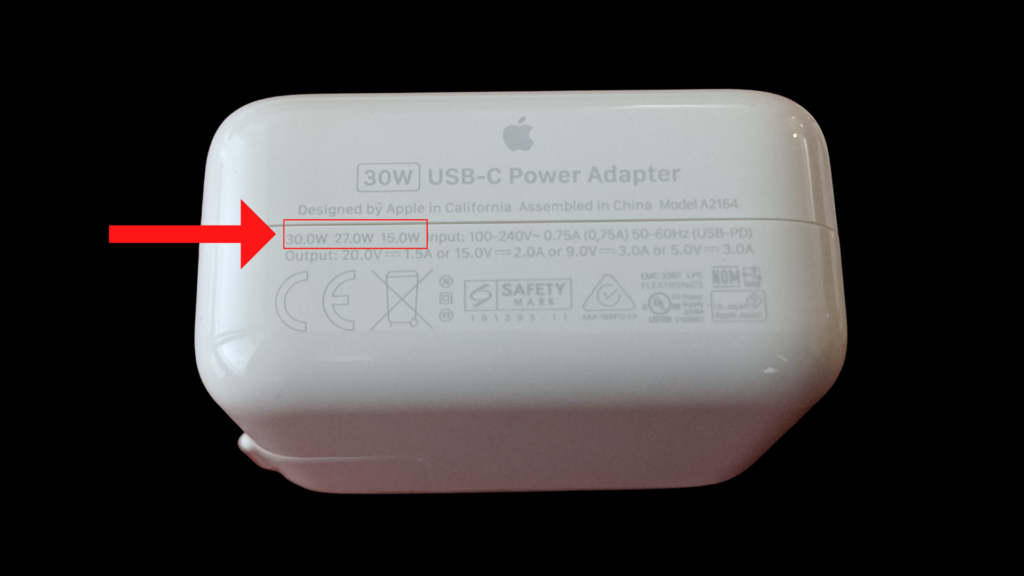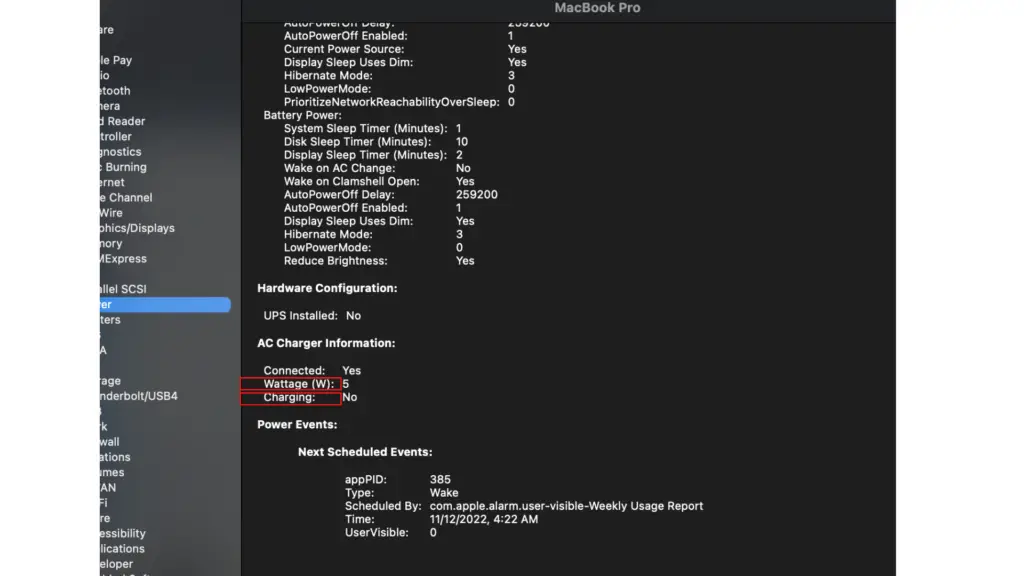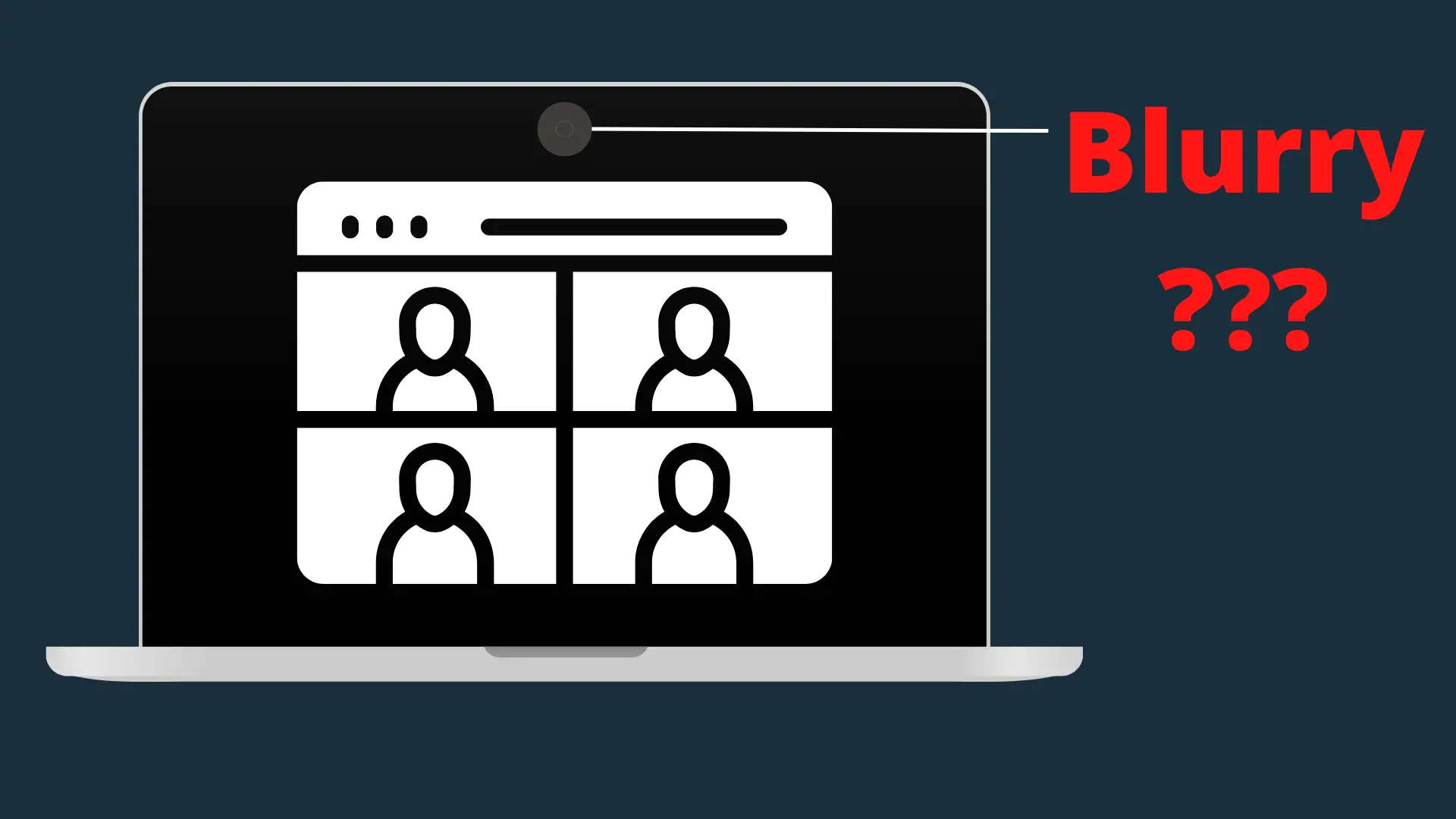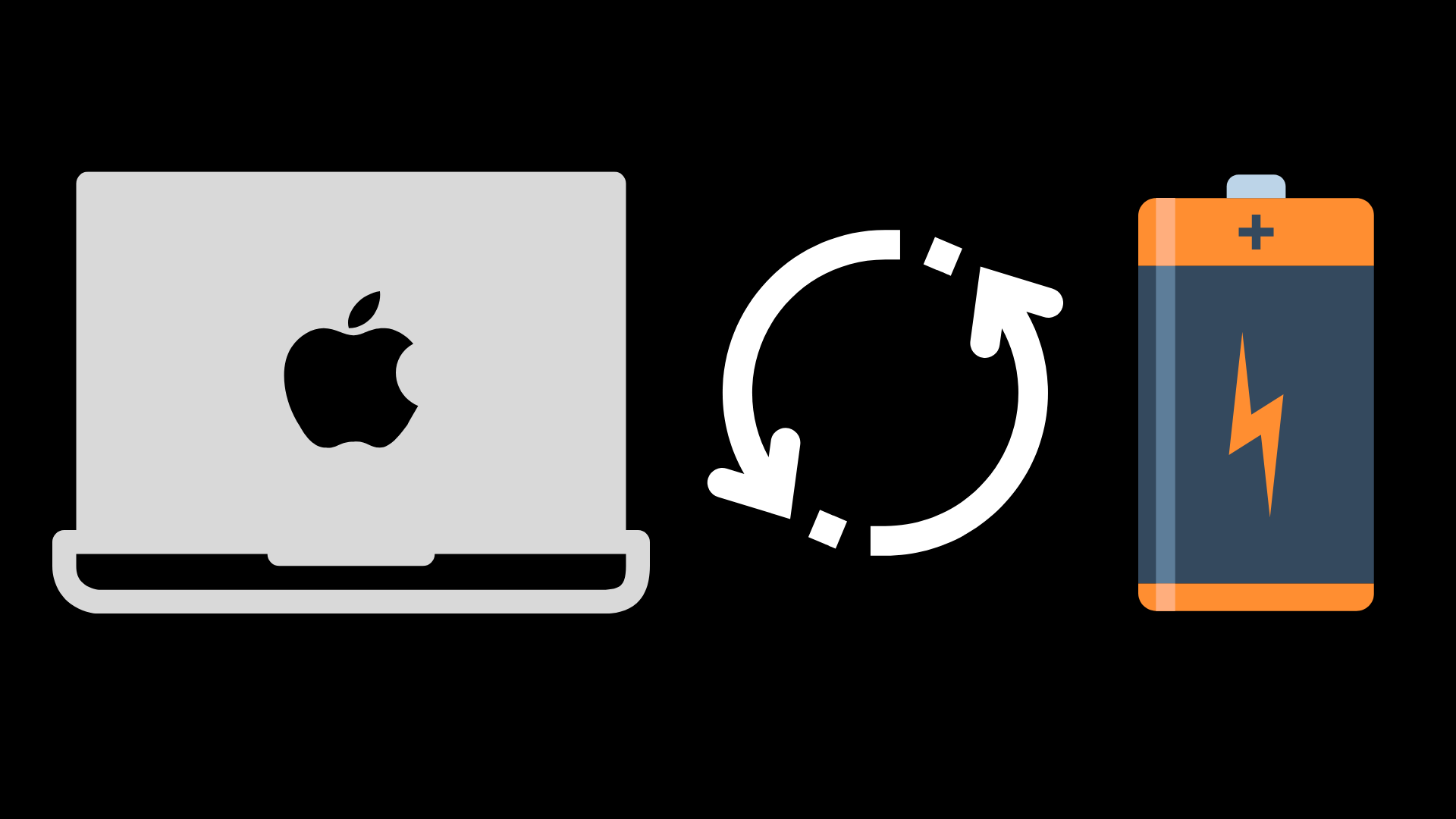Can You Charge a MacBook With an iPad Charger?

Apple users are a loyal bunch. You’ll seldom find an Apple user that wants to use anything else. That means they’ll likely have an iPhone for communications, an iPad for fun and casual use, and a MacBook for their dedicated personal computing needs.
With so many adapters for each item, this begs the question can you use your iPad charger to charge your MacBook?
Can You Charge a MacBook With an iPad Charger?
According to Apple, you can safely charge your MacBook with a higher or lower wattage than the charger that came with your MacBook as long as the charger meets the minimum wattage of the charger that came with your device.
USB-C chargers have a list of voltages and currents that it capable of providing. For example, a 30W MacBook adapter that ships with MacBook Air models is able to output 30W(20.0Vat 1.5A), 27W (15W at 2A), or 15W (5v at 3A). And since 15W is the minimum, you’ll be able to use a minimum of 15W to charge your MacBook if you own a MacBook Air.

iPad chargers’ wattage output varies depending on the model you own. iPad chargers range from 5w,10w,12w,18w,20w.
A 15w charger is the minimum iPad wattage that can charge a MacBook, but again this will depend on the MacBook model you own and its charger’s minimum wattage output.
You can check the wattage of the charger and whether or not the charger is actually charging your device by navigating to the System Information menu. Hold the option key and select the Apple logo located in the top left corner, select System Information, and then select Power. From here, you can find your charger’s current wattage output and whether or not it is charging your device in the AC charger information section.

If a charger isn’t providing adequate wattage, you will notice a “No” Next to “Charging.”

Additionally, It’s important to note that using a wattage that meets the minimum charging requirements will mean that while it will be able to charge your MacBook while turned off or asleep, it may not be able to charge the device when in use depending on the use case (Ex, heavy processing). So you may notice instances where your laptop may not be charging or will even continue to drain the battery (although at a slower rate) when still plugged into the charger. Because of this, it’s not recommended to use an iPad charger to charge your device for long-term use.
You’ll also want to use the charging cable that was shipped with your device to ensure the full wattage of the adapter is being delivered to your device since not all USB-C cables are created equally.
Here’s How Long it Took Us to Charge a MacBook with an iPad Charger
For this test, we used a MacBook Pro 14-inch model, which typically comes with a 61-watt charger; we’ve tested it with the 20W iPad charger.
We first charged the device when not in use and with the lid closed. This was able to charge the MacBook from 0 to 100% in approximately 5 hours and 40 minutes.
Next, we tested charging the MacBook while in use; with extremely light usage (checking emails), the battery continued to drop (at a slower rate) even when plugged in.
Overall our results show that a 20W iPad charger will be able to charge certain MacBook models (as long as it meets the original charger’s minimum wattage requirements) when turned off or asleep but will struggle to charge when in use even with extremely light usage.
Again it’s important to note that this experiment was done using the 14-inch MacBook Pro that ships with a 61-watt charger. MacBook’s that ship with higher wattage chargers may charge at an even lower rate or may not charge at all if 20w does not meet its minimum charge output.
The Dangers of Using an Off-Brand or Fake Charger
It’s important to discuss the dangers of using fake or off-brand chargers for charging your MacBook or any device, for that matter. While it’s safe to use a lower or higher-watt charger to charge a certain device, this is not the case for all chargers. Fake or off-brand chargers may not follow the same safety standards as official chargers.
This can result in the charger trying to output more power to the device than its capable of, thus can result in burning out the power adapter internally or damaging the internal power control circuitry on the logic board.
Because of this, it’s never recommended to charge any of your devices using fake or off-brand chargers, and when using third-party chargers, you’ll always want to ensure that the safety standard is being met.





